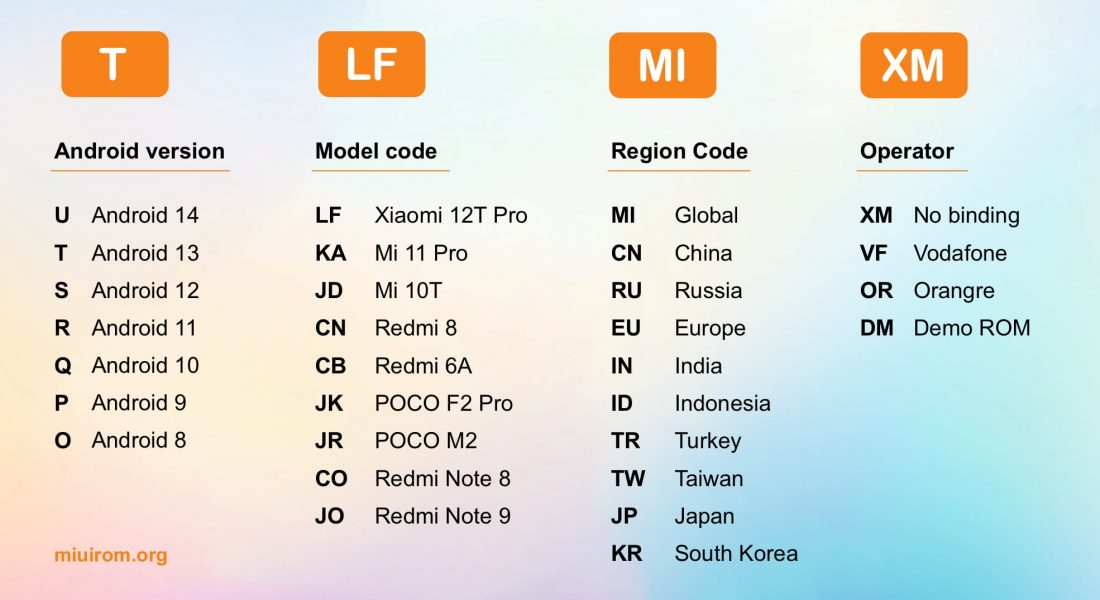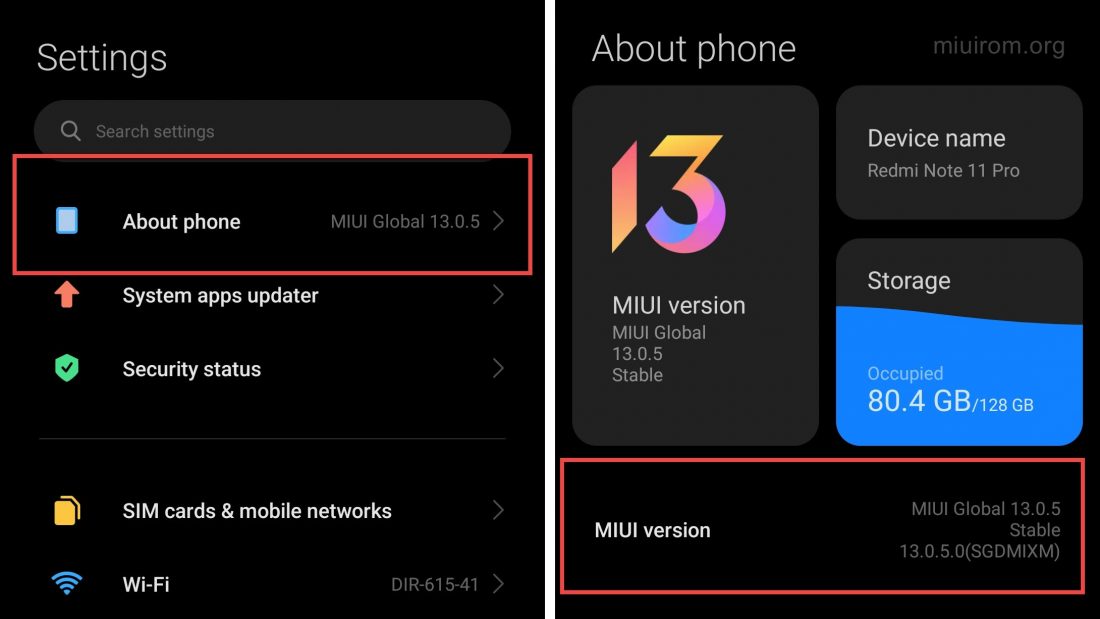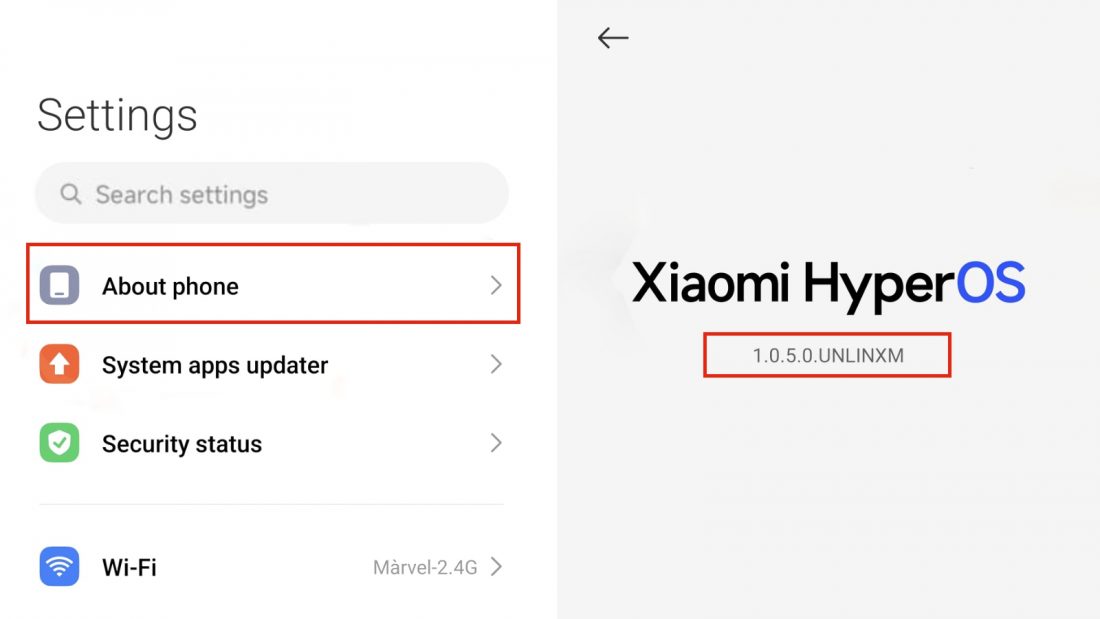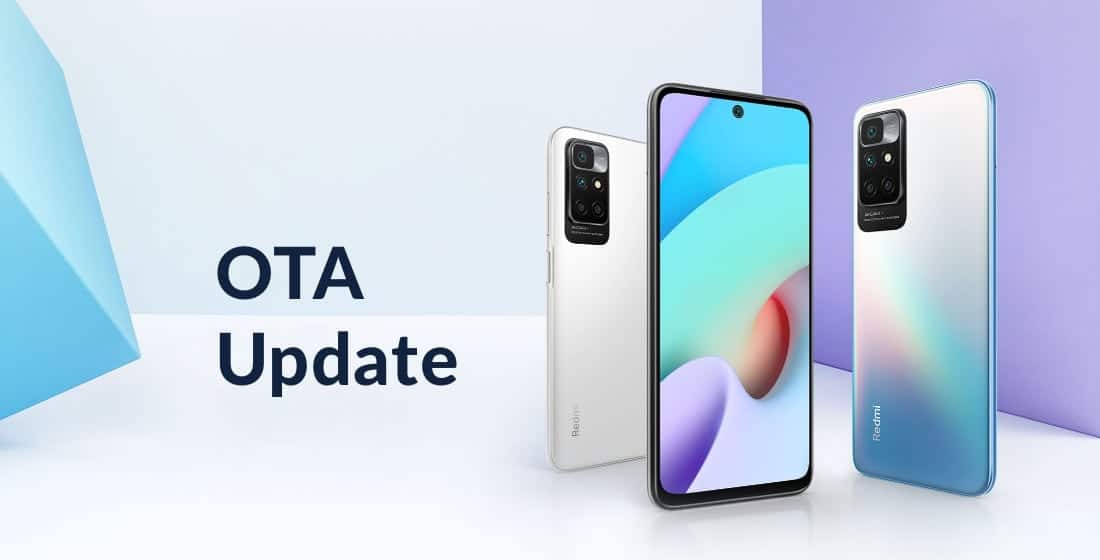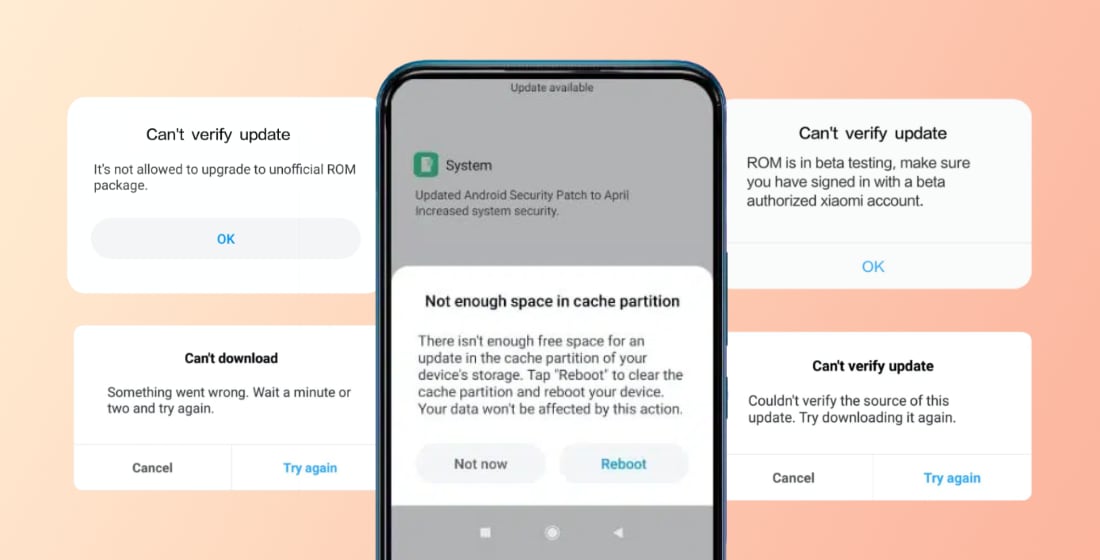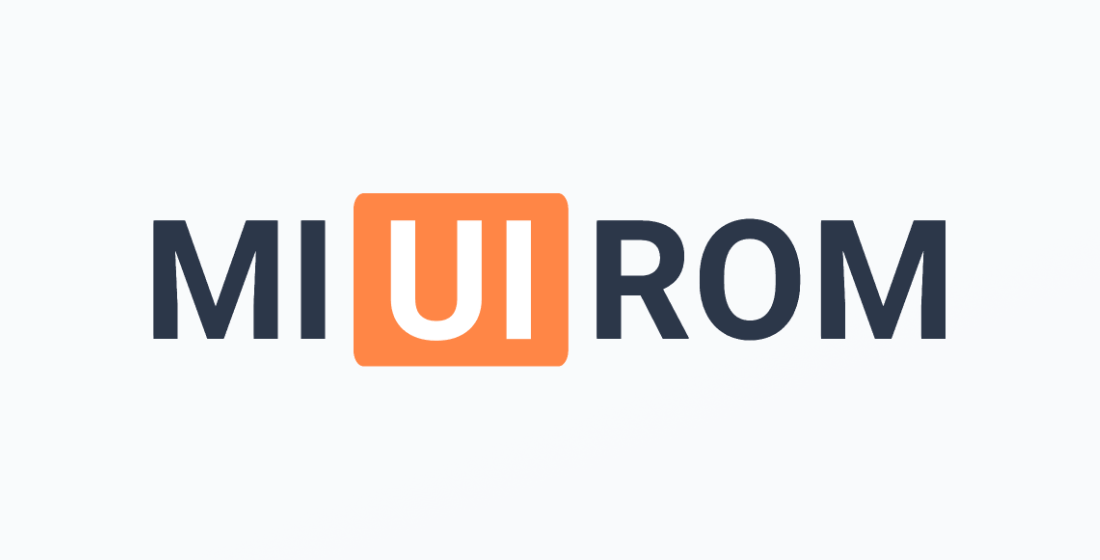The global version of a Xiaomi smartphone is a model intended for sale worldwide, except for China. These international versions are sold in Europe, India, the UK, Turkey, Russia, Indonesia, and other countries outside mainland China.
The Chinese version is a device model designed exclusively for the domestic Chinese market. It comes with software, services, and settings focused on Chinese users.
The need for regional separation arose when Xiaomi entered the international (i.e., global) market, due to adapting devices to the technologies and requirements of the countries where they would be sold. For each market, developers release separate devices and different firmware versions, which differ.
Xiaomi Comparison Table: China vs Global Version
A table with a clear comparison of the main differences between the Chinese (China) and global (Global) versions using Xiaomi and REDMI smartphones. POCO devices are not sold in China.
| Category | China Version | Global Version |
|---|---|---|
| Hardware SKU & Configuration | More options: up to 16 GB RAM & 1 TB storage; more colors and limited editions | Limited options: max 12 GB RAM & 512 GB; fewer color variants |
| Google Services | No Play Store; Google apps replaced by Chinese alternatives (Baidu, local app store) | Includes certified Google Play Store and services |
| Interface Languages | Only Chinese and English | Supports 40+ languages including English, Spanish, Russian, etc. |
| Preinstalled Apps | Chinese system apps (Mi Credit, Mi Market), ads, some paid themes | No Chinese apps; themes mostly free |
| Software Updates | Faster updates — China OTA every 2 weeks or monthly | Slower — Global OTA every 1–3 months |
| Exclusive Features | Released earlier (Super Icons, Photon Engine, Ultra Battery Saver, etc.) | Features come later or may be missing |
| Themes & UI Customization | Most high-quality themes are paid (via Mi Credits) | Themes are mostly free via Global Theme Store |
| Keyboard | Default: Baidu Keyboard | Google Keyboard (Gboard) or system keyboard |
| Bootloader Unlock | Officially allowed, requires a China-region Mi Account | Same process, but account must be non-Chinese |
| NFC Payments | Mi Pay (works only in China), Google Pay doesn’t work | Google Pay supported (if device is certified) |
| SafetyNet / Play Protect | Often fails SafetyNet check (especially after mods) | Usually passes; Google Pay & banking apps work fine |
| LTE Band Support | May lack bands used outside China (e.g. Band 20 – 800 MHz) | Supports global LTE bands |
| System Ads | Lots of ads in system apps (Music, File Manager, etc.) | Ads are minimal or disabled in most regions |
| Voice Assistant | XiaoAI (Mandarin only) | Supports Google Assistant |
| Certification | Certified only for China (CCC); lacks CE/FCC | Globally certified (CE, FCC, etc.) |
| In-box Contents | Often no charger or Chinese plug; no case/SIM tool; manual in Chinese | Full package: regional charger, cable, case, SIM ejector, local-language manual |
Xiaomi Global: for the international market
Xiaomi and Redmi smartphones for the global market comply with the norms of local regulators and support multiple languages (English, Spanish, Russian and many others). The Chinese versions have only English and characters.
These also support a larger range of mobile network frequencies, which ensures compatibility with mobile operators in Europe, the US, India and other regions. Smartphones for the Chinese market can only support frequencies used in China, which may limit 4G or 5G networks in other countries.
The Global version comes with a charger unit with the correct plug. For example, a flat grounded charging plug for the UK or a round one for Europe.
With HyperOS and MIUI settings, you can change Xiaomi region without reinstalling the firmware. This allows you to receive updates sooner, increase the volume of your headphones, change the ads displayed, or improve the personalisation options of the interface.
Global firmware features
Xiaomi, Redmi and POCO smartphones are usually pre-installed on the international version of the smartphone with global firmware of the region in which it is planned to be sold. That is to say, the firmware for India, Europe, Russia, Indonesia, North America, Turkey, Mexico and all other countries are global.
Most global firmwares have region-specific services pre-installed. For example, Google Play app shop, Gmail email service and YouTube, as they are actively used. Smartphones for China don’t have Google services as Google services are blocked in the country.
The Indonesian and Taiwanese firmwares use the classic HyperOS ringer and MIUI with the ability to record conversations. For this, they are appreciated by users who don’t like using Google’s standard caller.
Different apps may be pre-installed on the phone depending on the global region of the firmware. For example, Netflix and Facebook for Europe or unique programmes for the Asian market that Europeans don’t use. On Chinese phones, local counterparts (Baidu, WeChat, etc.) are pre-installed.
There is also a universal ‘Global Firmware’ – this is a version of software for all global regions, which is not adapted to a particular country of sale. It can be installed on a smartphone or tablet for India, Turkey, Indonesia and any other device for the global market.
Firmware updates and security patches for the HyperOS and MIUI global versions usually come with a slight delay compared to the Chinese version, as adaptation for multiple markets is required. Fans who like to be the first to experience new features are clearly losing out to Chinese users here.
Global regions and their features
Since there are many countries and their legislation is different, Xiaomi Global was divided into several regions in order to pass certification in each of them.
Xiaomi Global main regions indexes:
- MI is the universal global version. It can be sold in countries around the world outside of China. It supports all required international LTE frequencies and has only standard pre-installed apps. This installs a caller and a messaging app from Google.
- IN – smartphones designed for sale in India. In these devices, support for the necessary LTE frequencies is implemented, there is pre-installed software specific to this region. It is noticed that OS updates for these devices come a little earlier than for other regions.
- EU – versions for sale in Europe and EU countries. The phones fully comply with all European standards: for example, you can change the default search system. The caller and messaging application from Google is installed.
- RU – under this index smartphones intended for sale in Russia are distributed. There are no special differences in the European version of the smartphone — it uses Google’s phone app.
- TR – smartphones and tablets for sale in Turkey. In the firmware of these devices there are no applications that violate Turkish regulations and laws, and also installed programmes specific to the Turkish market.
- ID – devices for sales in Indonesia. Here, the firmware uses the classic MIUI ringer with the ability to record conversations. Also installed are apps that meet the requirements of Indonesian regulators. According to reviews, Indonesian devices also receive OS updates quite quickly.
- TW – this labelling of devices intended for sale in Taiwan. They practically do not differ from the Indonesian versions. Except that the set of pre-installed applications is different. In everything else there are no differences – including the hardware component is the same.
- JP are smartphones that should be sold only in Japan. They support LTE frequencies on which Japanese telecom operators broadcast. There are also a number of differences in terms of pre-installed applications. Here, too, the MIUI caller with call recording capability is used, rather than an app from Google.
CN is the Chinese firmware index for Xiaomi and Redmi smartphones sold in the Chinese market. It is not a global firmware.
Among the global versions you can see less known firmware regions: for North Africa (index ZA), South Korea (KR), Latin America (LM), Mexico (MX) and other countries. There is no sense to consider them separately, as they are not very widespread and practically do not differ from the universal global MI version.
The region index is always specified in the device firmware, which can be viewed in the smartphone or tablet settings (step-by-step instructions below).
The Global smartphones for Europe, Mexico, Latin America, South Africa, and some other countries may be tied to a local mobile operator. These firmware updates may be on a separate schedule and may be subject to long delays.
Xiaomi China: the original Chinese version
The CN version of Xiaomi is the version of a smartphone or tablet designed to be sold only in the Chinese market. The Chinese government has stricter requirements for tech – including smartphones. Therefore, the Chinese version of a device may differ significantly from the one intended for the global (international) market.
5 differences between the Chinese version and the Global
How the Xiaomi Chinese version differs from the Global:
- Interface languages. On Chinese market smartphones are pre-installed Chinese firmware, which has two languages: Chinese and English.
- Pre-installed applications. Chinese smartphones have pre-installed applications for the domestic market (like local app shop, Baidu, WeChat, etc.), some cannot be uninstalled.
- Frequency support. On LTE 800 MHz frequency in China does not work any telecom operator, so Chinese smartphones do not support this band. Owners of the Chinese version in Europe may have problems with communication, because many European operators work in the 800 MHz band. In other words, the LTE signal will not be everywhere, and the Internet may work slower due to the lack of the necessary bands and the congestion of available frequencies.
- Google services. Chinese smartphone firmware lacks Google services, including the Play Market app shop (Google is banned in China). There are ways to install Google services, but only advanced users can do it.
- Security updates and patches. Xiaomi China get updates faster, as the Chinese version is initially developed, and then adaptation for the rest of the markets is made.
Xiaomi Global phones are better suited for use outside of China due to support for Google services, a wider range of frequencies and localisation for international markets. Although the Chinese version is often cheaper, which is the main reason why people from other countries buy it.
Whether it is worth buying the Xiaomi Chinese version
Xiaomi Chinese versions have one advantage – low price. The Chinese versions are often significantly cheaper than the global ones, so many people try to buy them. But is it worth it or is it better to overpay for the global version of the smartphone? Let’s try to understand.
The local Chinese version can be bought if you have no problems with the English language, because in the firmware you will find only this language and hieroglyphics. However, there is an option to replace the firmware with a global firmware, but in this case there may be problems with the operation of the smartphone and, in particular, may not work well banking applications due to an unlocked bootloader – a prerequisite for installing global firmware.
Another possible problem with the Chinese device – difficulties during the installation of Google services, as they are absent on devices for the Chinese market. To install them, you will need to unlock the bootloader and get root rights. Not all users are able to do this, and the contactless payment system may not work after the root rights are set up.
Don’t forget that not all LTE frequencies are supported, so you can’t count on stable operation in the networks of global mobile operators.
From 2025, you will only be able to unlock the bootloader of a ‘Chinese’ phone or tablet with a Mi account registered in China.
Some Chinese smartphone models do not have global firmware for some models, which can be inconvenient when working with them.
How to check which firmware is installed
Many sellers on Chinese marketplaces sell Chinese versions of phones with global firmware installed. There is a way to check which firmware is installed on the phone.
The steps are slightly different for different versions of HyperOS, as the settings menu has been changed in HyperOS 2.0.
How to check the MIUI firmware:
- Open your smartphone settings.
- Go to the ‘About phone’ menu.
- In the ‘MIUI Version’ section, you will see the firmware number and region.
The screenshot shows that the Redmi Note 11 Pro phone is running on the MIUI Universal Global firmware. This is indicated by the text ‘MIUI Global’ and the index ‘MI’ – 13.0.5.SGDMIXM.
How to view the HyperOS 1.0 firmware:
- Launch your smartphone settings.
- Go to the ‘About Phone’ menu.
- The installed operating system will be shown at the top of the screen.
Unlike MIUI, HyperOS does not specify the region, but it can be learnt from the letter index of the firmware. In our case, it is the global firmware for India (index IN) – 1.0.5.0.UNLINXM.
How to find out what firmware is on the phone with HyperOS 2.0:
- Open the Settings app.
- Go to the Device section.
- Tap on Information and Specifications.
- Find the OS Version block and you’ll see the firmware number.
This is the easiest way to see what firmware is installed on your smartphone or tablet.
If you search for the desired phone model on miuirom.org, for example, Redmi K70 Ultra, you will see that the device is intended for sale only in China. The global firmware installed on it will be some custom version without official updates.
There is another way to identify a Chinese phone with a global software version – check the number of supported languages. If they are few, but at the same time the interface has Russian, then you definitely have a Chinese firmware, russified artisanal way.
How to difference between Global and Chinese versions
There are several ways to find out whether the Xiaomi version is global or not.
1. Visually inspect the smartphone box and smartphone
It is necessary to inspect the box in which the smartphone is packed. If it has not been tampered with (in case of second-hand) and the box is original, this is a 100% way to determine the verification of the device.
On the box with the Global Version there should be a sticker that says Global Version and there should be no hieroglyphics. If you see hieroglyphics on the packaging, you are looking at a phone for the Chinese market.
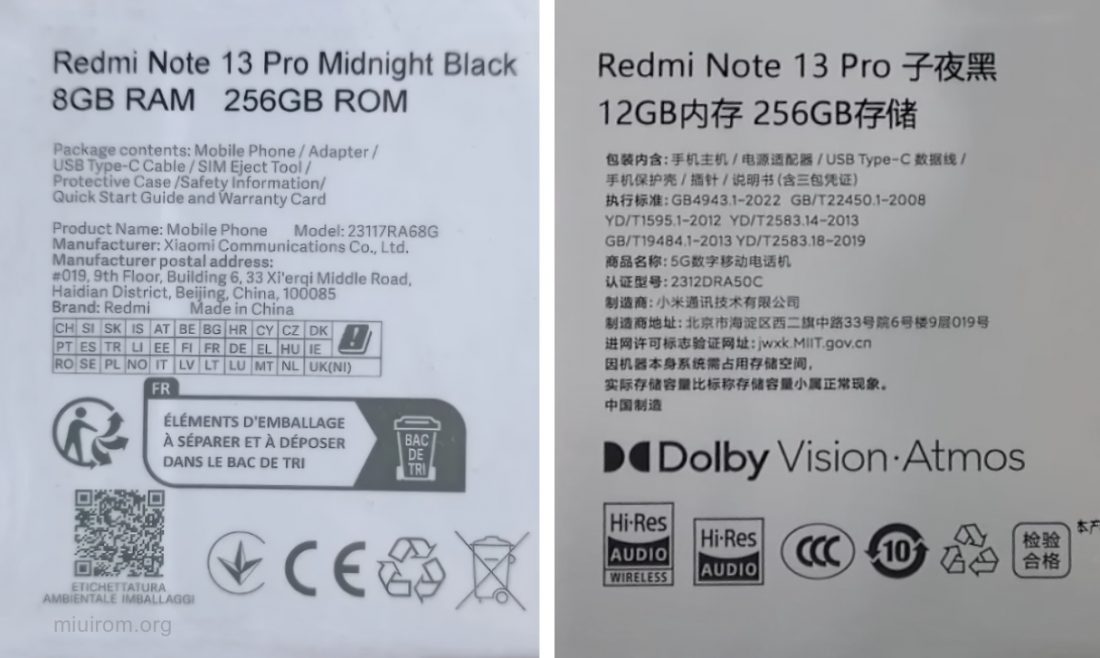
Also examine the back of the smartphone. On some global devices (not all!) you may find a logo, model number, ‘Made in China’ (or India, for example), Eurotest (CE) and crossed-out bin icons.
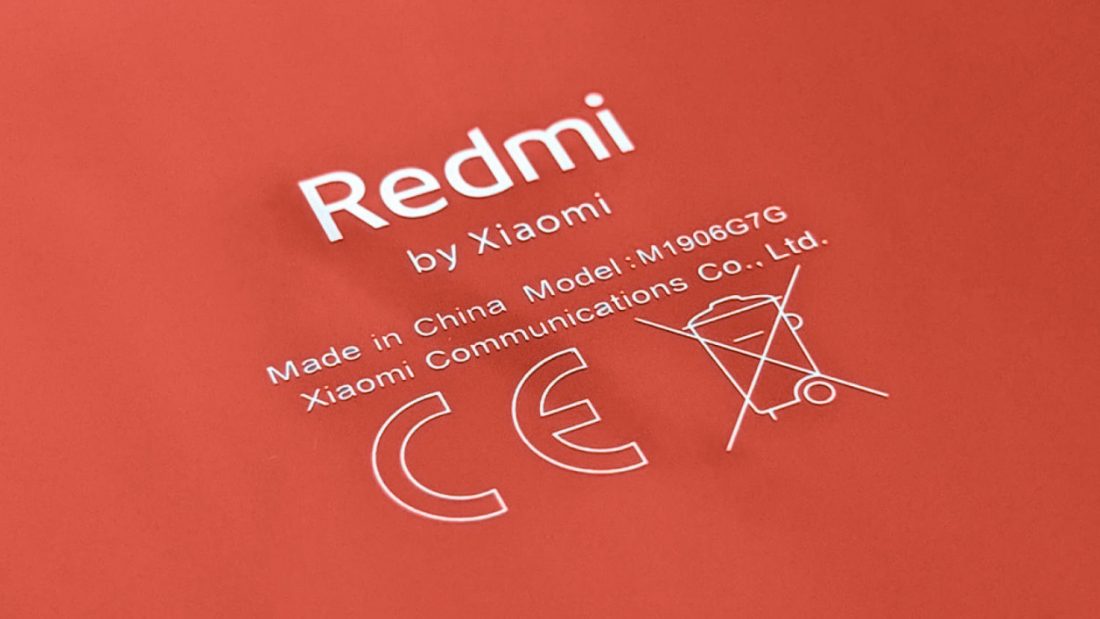
Chinese models, have on the back panel only the name of the brand that produced the smartphone: Xiaomi or Redmi. It is worth noting that global devices can do the same. So if you can’t find similar icons on the back, it doesn’t mean the phone is made for China.
It’s worth looking at the charger unit that comes with the smartphone and lies in the box. If you see a plug with flat pins, it’s 100% a model for the Chinese market. If you see round pins on the block (the so-called ‘European plug’), then you are definitely looking at a global model.

Usually sellers will give you a free Euro standard adapter.
2. Checking on the Xiaomi website
It is possible to understand whether you have a global or Chinese version with the help of the official Xiaomi website. To do this, you just need to have access to the Internet and any modern browser.
Checking Xiaomi for the global version:
- Launch your browser and go to the official Xiaomi website https://www.mi.com/global/verify/#/en/tab/imei.
- Enter the IMEI or serial number (you can find them on the box).
- Enter the confirmation code which is displayed on the right side.
- Click on the Verify button.
After that, the full name of the smartphone will be displayed.
Only global versions are checked with this service. If the service cannot detect your phone, it is probably intended for sale in China. This method is quite simple, even beginners can cope with it.
3. Firmware check
About how to check the version of the smartphone using the firmware, it was mentioned above. The only thing – it is worth considering that sometimes the sellers themselves install global firmware on the Chinese smartphone.
In this case, it is enough to look at the state of the bootloader. If it is unlocked, but a full-fledged global firmware version is installed, then it is definitely a model for the Chinese market.
